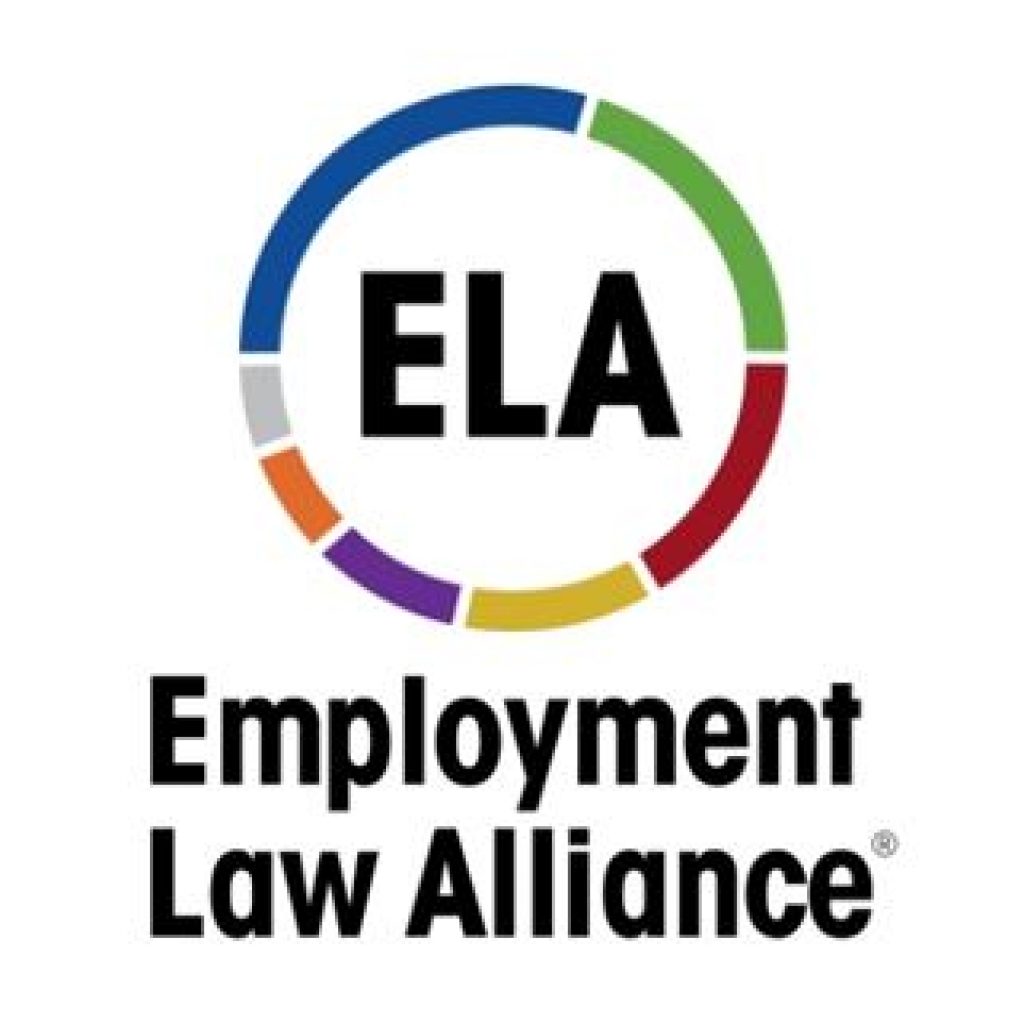DOL Rescinds Restrictive Intern Test and Adopts Federal Courts’ Version
The Department of Labor has announced that it will no longer apply its restrictive test for internship status, and instead will apply the more flexible “primary beneficiary” test adopted by multiple federal appellate courts.
In Glatt v. Fox Searchlight Pictures, Inc., the U.S. Court of Appeals for the Second Circuit articulated a test for internship status based on “whether the intern or the employer is the primary beneficiary of the relationship.” This “primary beneficiary” test has three considerations: (1) what does the intern receive in exchange for his work; and (2) what is the economic reality of the relationship between the intern and the employer; and (3) an acknowledgement “that the intern-employer relationship should not be analyzed in the same manner as the standard employer-employee relationship[,] because the intern enters into the relationship with the expectation of receiving educational or vocational benefits that are not necessarily expected with all forms of employment (though such benefits may be a product of experience on the job).”
The Second Circuit identified a non-exhaustive list of considerations that should be taken into account in applying this test:
- The extent to which the intern and the employer clearly understand that there is no expectation of compensation. Any promise of compensation, express or implied, suggests that the intern is an employee—and vice-versa.
- The extent to which the internship provides training that would be similar to that which would be given in an educational environment, including the clinical and other hands-on training provided by educational institutions.
- The extent to which the internship is tied to the intern’s formal education program by integrated coursework or the receipt of academic credit.
- The extent to which the internship accommodates the intern’s academic commitments by corresponding to the academic calendar.
- The extent to which the internship’s duration is limited to the period in which the internship provides the intern with beneficial learning.
- The extent to which the intern’s work complements, rather than displaces, the work of paid employees while providing significant educational benefits to the intern.
- The extent to which the intern and the employer understand that the internship is conducted without entitlement to a paid job at the conclusion of the internship.
The analysis of these and any other relevant considerations requires the weighing and balancing of all of the circumstances, and no one factor is dispositive. The Second Circuit emphasized the “flexibility” of this approach, and the fact that the “touchstone” of the analysis is the “economic reality” of the relationship. The Second Circuit further explained that the focus should be “about an internship program as a whole rather than the experience of a specific intern.”
The Second Circuit’s test was adopted by the Eleventh Circuit in the case of Schumann v. Collier Anesthesia, PA, and by the Ninth Circuit in Benjamin v. B & H Education, Inc., as we discussed in our December 2017 E-Update. And the DOL, referencing the Benjamin case, has now adopted it as well. As a result, employers may be more willing to offer unpaid internships without fear of violating the DOL’s prior overly restrictive test.







